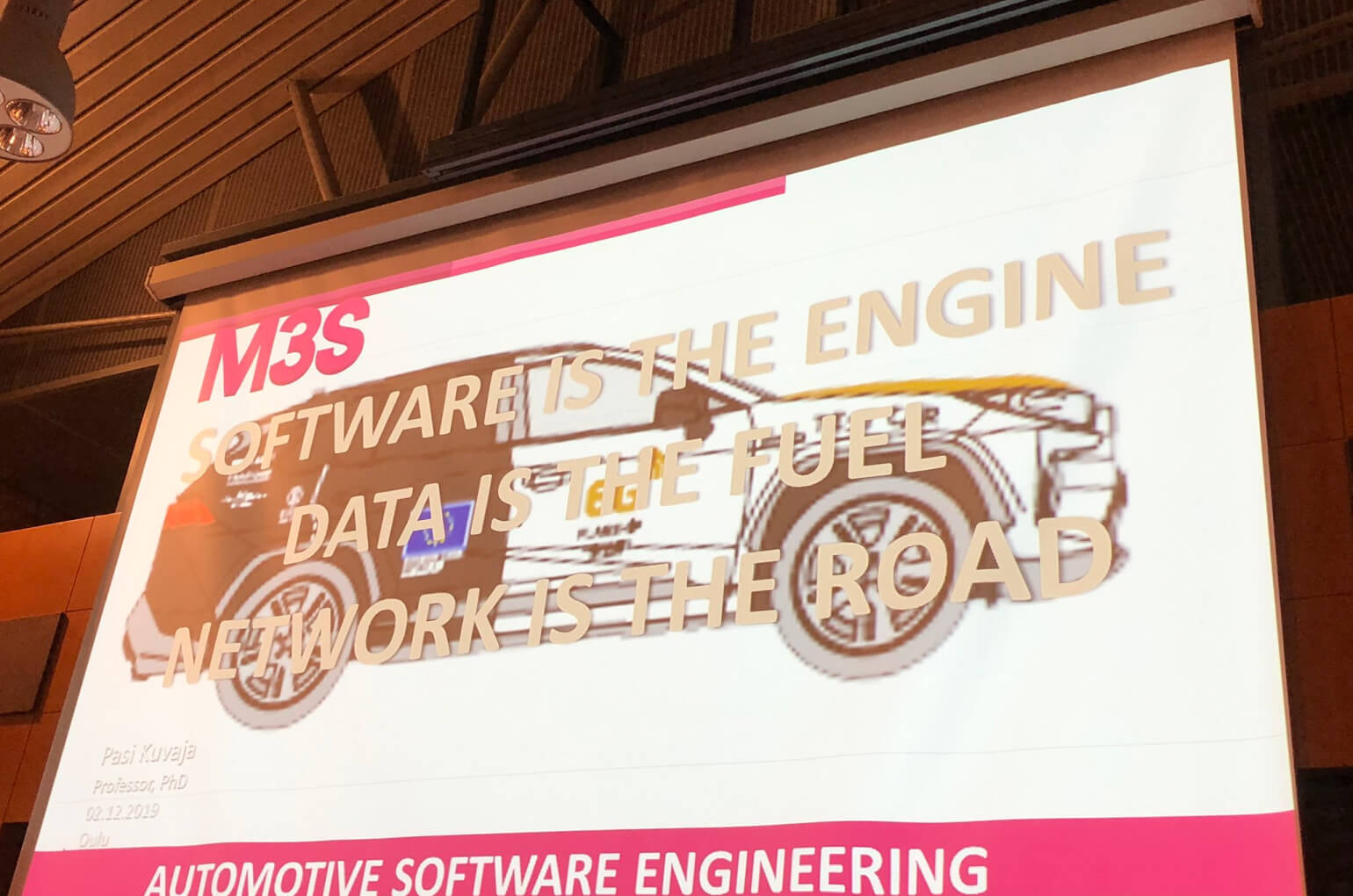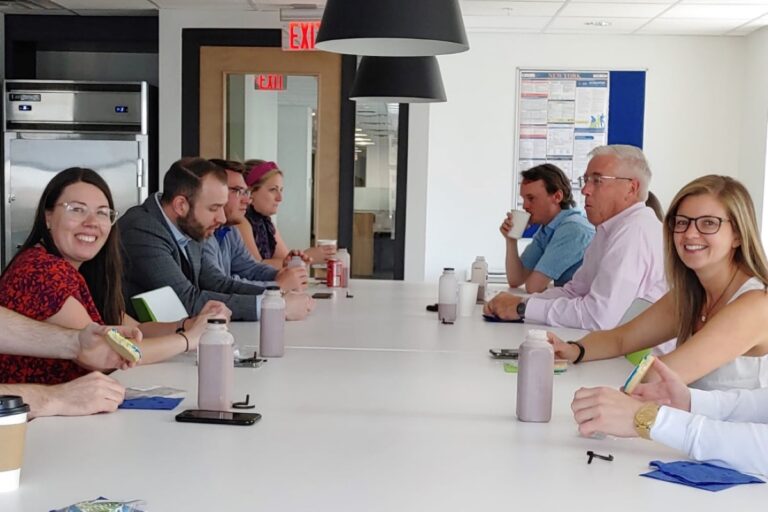The Rapid Growth in Fragmented Software Application World
What is the future of enterprise software? Originally appeared on Quora: the place to gain and share knowledge, empowering people to learn from others and better understand the world.
We’ve seen a massive change in the enterprise software market in the last dozen years and it can be described by four numbers (20, 10, 12, and 4).
Here is the summary of how the landscape has changed in the last 10 years:
- 20x increase in software vendors
- 10x the number of software products companies buy
- 12x the number of internal “buyers” decisions inside companies
- 4x increase in budgets for software solutions
The high-level macro is that the world of software is getting way more crowded and way more complex.
… and I expect it to get even more crowded and even more complex in the years to come. And while none of these numbers have been scientifically determined, they are all directionally correct from the data I have been able to gather through the companies I have been employed at, customers I have worked with, and the 80+ technology companies I have invested in.
Buying software is daunting … but it is also REALLY impactful. The right software gives you a competitive edge. Software isn’t just eating the world … it can help you eat your competitors for brunch. Choosing the right vendors is really important for businesses to succeed … so we would expect companies to be spending much more time selecting vendors … and they have.
The Four Numbers: 20, 10, 12, and 4
In the last dozen years, we have seen a software explosion. This is mainly due to software being easier to buy, integrate, deploy, and use because it no longer needs to be hosted on premises. This software is usually lumped together as SaaS (or DaaS or even some other name) … but the main take-away is that one does not need a really expensive on-premises integration and therefore it can be tried and used quickly and with less risk.
When we talk about “software”, we’re not just talking about code you run inside your corporate firewall. And we’re not just talking about traditional SaaS products (like Salesforce, Workday, etc.) either. We’re also talking about data services your company consumes (like Bloomberg (company) and Acxiom (company)). And services that help market your business (like ad networks and Google search spend). And subscriptions you use to help your business (like LinkedIn and Glassdoor).
20: The number of software vendors has increased 20x in just ten years.
That’s right. There are twenty times the number of software vendors that there were just ten years ago. There are a lot of causes of this rapid increase:
- As stated earlier, it is much easier to buy software, so there is more software to buy.
- The really large software companies have embarked on a strategy of growing their product and feature set by acquiring companies (or sometimes partnering) rather than developing these features and products in-house.
- Seeing this opportunity, venture capital firms have poured tens of billions of dollars funding software companies.
- It is now much cheaper to start a software company.
If you have ever seen the Lumascape slide (or others like the ChiefMartec slide), you know that the landscape for software vendors is overwhelming. As a buyer, it is impossible to get your head around even a fraction of the vendors in the product category you are selecting. For instance, there are over 500 software products that just sell into the HR organization! And there are tens of thousands of software vendors in the marketing technology space. Below is a logo slide from Luma on just vendors in content marketing.
10: The number of software products (unique vendors) a company buys has increased 10x in the last ten years.
This is an even crazier statistic than the first macro trend. Take the average large retailer — ten years ago they had maybe 70 software vendors across their organization … and today they will have 700. One large retailer (that I have worked with for many years) has over 3,000 software vendors!!
The right software stack gives your company a competitive advantage. And because it is so much easier to buy today (and there are more people making buying decisions), companies are becoming increasingly open to buying from a large number of vendors.
The major beneficiary of this trend has been start-ups … they can get a beachhead in large companies much faster than they could in the past.
Of course, this trend is happening in some industries faster than others. It seems to be most pronounced in mid-market companies (those that spend $1 million to $100 million a year on software). This is a bigger market than you might think — there are over 100,000 companies and organizations in the U.S. that spend over $1 million on software.
Retailers are also super fast adopters — probably because their business is so competitive and the market leaders there (Amazon, Walmart, etc.) are filled with incredibly smart technologists.
Companies that have many regulatory requirements to keep their data on premises (like financial institutions and healthcare) have fewer software vendors … but even there we have seen a massive increase in the diversity of vendors.
12: The number of internal buyers has increased 12x in the last ten years.
The number of people buying software (or influencing the buying) of software in a company has grown dramatically. Almost every professional in a company is now a buyer. Software engineer? Buyer. Salesperson? Buyer. HR Manager? Buyer. Finance person? Buyer. Lawyer? Buyer. Marketing? Definitely a buyer.
In fact, if you have a college degree and are a professional, you are likely a software buyer or influencer. Essentially, almost everyone on LinkedIn is a buyer.
And it is easier than ever to buy. Companies like New Relic (company) and Sendbloom have built their company selling one seat at a time to an organization and then using their internal advocates to get larger deals. Freemium software like Slack, Glassdoor (company), and Cloudflare (product) make it a no-brainer to buy. Freemium or low cost products mean less red tape and less need for budget approvals in the initial stages of adoption.
4: The spend on software has increased 4x in ten years
A 4x spend is an astonishing large increase — and it is because software is easier to buy and it is becoming more and more powerful. Of course, since the number of vendors a company has increased 10x, the dollars per vendor has decreased dramatically in the last ten years. This trend might be worrisome for the giant enterprise software companies but it is really good news for software companies that are innovating and are on offense.
One thing to note is that during the last ten years, these same companies that are spending so much more on software have not significantly increased the number of people they employ. In fact, many companies have FEWER employers today than they did ten years ago (even though revenue has increased). The take-away is that companies are choosing to spend on software INSTEAD of people. This may or may not be a good thing for the world … but it is happening and will likely continue to happen.
The fragmented world of software will continue
Most every macro data point shows the trend of the last ten years will continue in the next ten. It’s easy to dismiss that this abundance and fragmentation is just part of a cycle that’ll eventually move towards consolidation. But if one digs a level deeper to look the forces that created such a vast, fragmented and active product ecosystem, it becomes apparent that this isn’t a trend but a transformation. More business processes are automated now than ever before – run by software or reliant on it. In many cases, we see software talking to software, APIs talking to other APIs. As long as this data can be integrated well, there will be more software.
This means there will be even more software companies in the future than there are today. And buyers will be even more overwhelmed and will need help deciding what to buy, how to buy, how to integrate, and how to best use the software.
Companies that will benefit from this trend will be the smart software vendors themselves. Those software companies that are on offense (have a great product) will continue to grow really fast. Middleware companies like LiveRamp (my former employer), MuleSoft (company), SnapLogic, Clever, and Segment that help stitch all these software companies together will be big winners. And there will be at least one company that takes the side of the buyer and helps her navigate this crazy world of software explosion.
Contributed by Auren Hoffman, fmr CEO and fndr of LiveRamp (sold to Acxiom).









